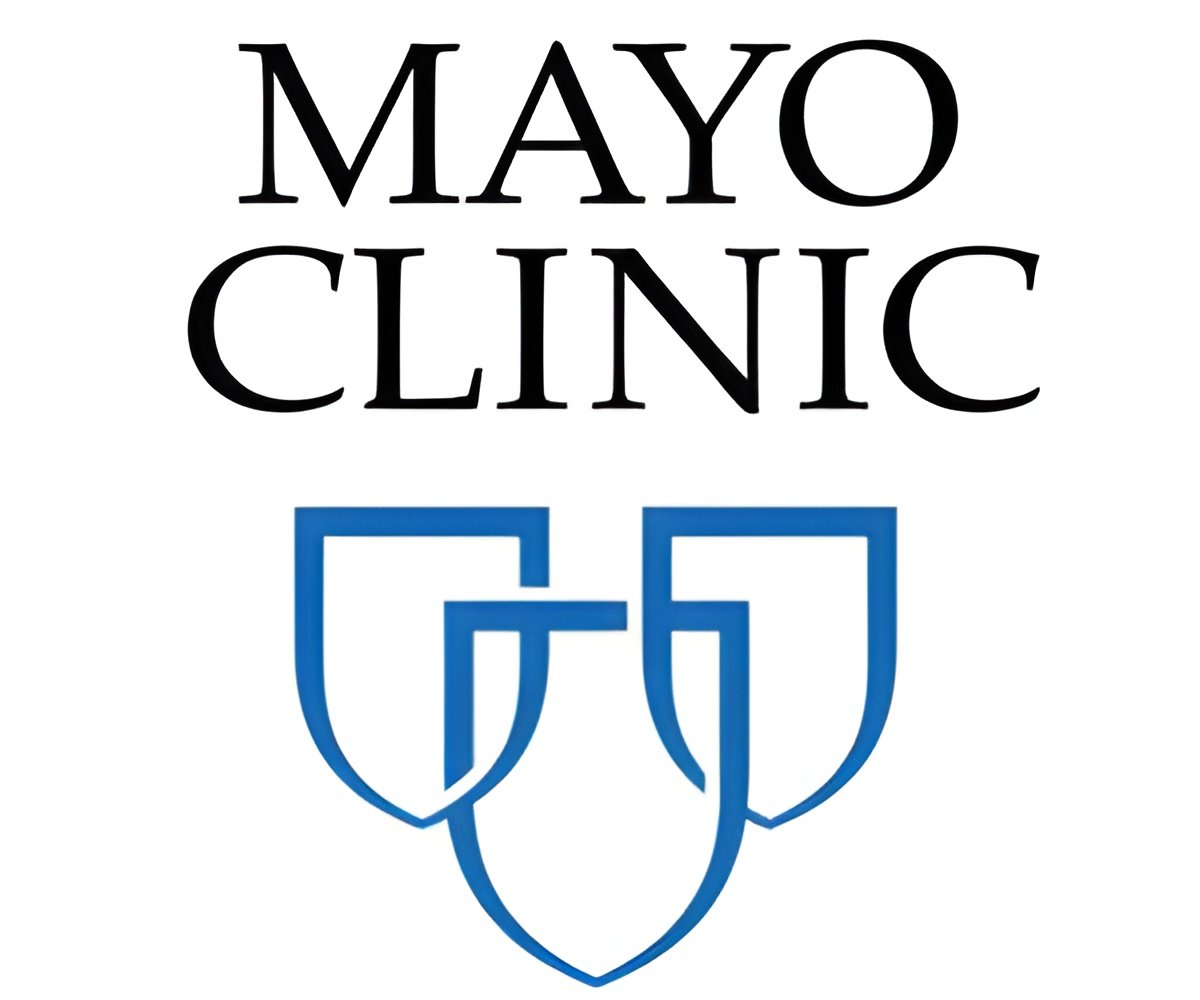
"Through our efforts, we were able to quickly cut the overall radiation exposure to patients by nearly half using simple but effective methods," said Charanjit Rihal, M.D., chair of Mayo''s Division of Cardiovascular Diseases. "We think this program could serve as a useful model for other cath labs in the U.S."
Cardiologists rely on X-ray images to identify heart problems and provide real-time guidance for procedures such as implanting stents to open narrowed arteries and aortic valve replacement. However, radiation from X-rays can be harmful. It can injure the skin if not administered judiciously, and can also damage DNA, which can increase the risk of certain cancers.
The amount of radiation used in a procedure should not exceed the minimum necessary, Dr. Rihal says. Recognizing this, Mayo instituted a broad-based program that has raised awareness about radiation safety and changed the way standard X-ray systems are used in the cath lab. For example, medical staff now set the radiation output of their systems to a very low setting, minimizing the radiation dose to their patients. They only increase the radiation dose if higher-quality images are needed, such as temporarily during a critical portion of a procedure. As a result, they can obtain useful images while lowering radiation exposure.
In addition, practice-wide radiation safety is now included when training fellows and junior faculty. The cath lab teams also are informed of the radiation dose delivered to patients during each procedure. Radiation exposure is routinely reported in the patient''s medical record.
"The reductions in the radiation dose administered to patients occurred practice-wide and across diverse procedures," says Kenneth Fetterly, Ph.D., Division of Cardiovascular Diseases. Dr. Fetterly says the initiative is part of Mayo''s ongoing commitment to patient safety.
Advertisement
A total of 18,115 procedures at Mayo were performed by 27 staff cardiologists and 65 fellows-in-training over the three years of the study. Researchers calculated and then compared the cumulative skin dose (defined as the sum of radiation doses delivered from low dose rate imaging used to guide interventional procedures and higher dose rate diagnostic imaging) for procedures performed during the first and last quarters of the study period. Considering all procedures, researchers found a 40 percent reduction in radiation exposure on average over three years. The decrease for percutaneous coronary intervention, coronary angiography, non-cardiac vascular interventions and interventions to treat structural heart disease ranged from 34 to 53 percent.
Advertisement
Currently, radiation dose reduction initiatives are under way in all Mayo cath labs in Minnesota, Florida, Arizona and Wisconsin.
Source-Newswise













